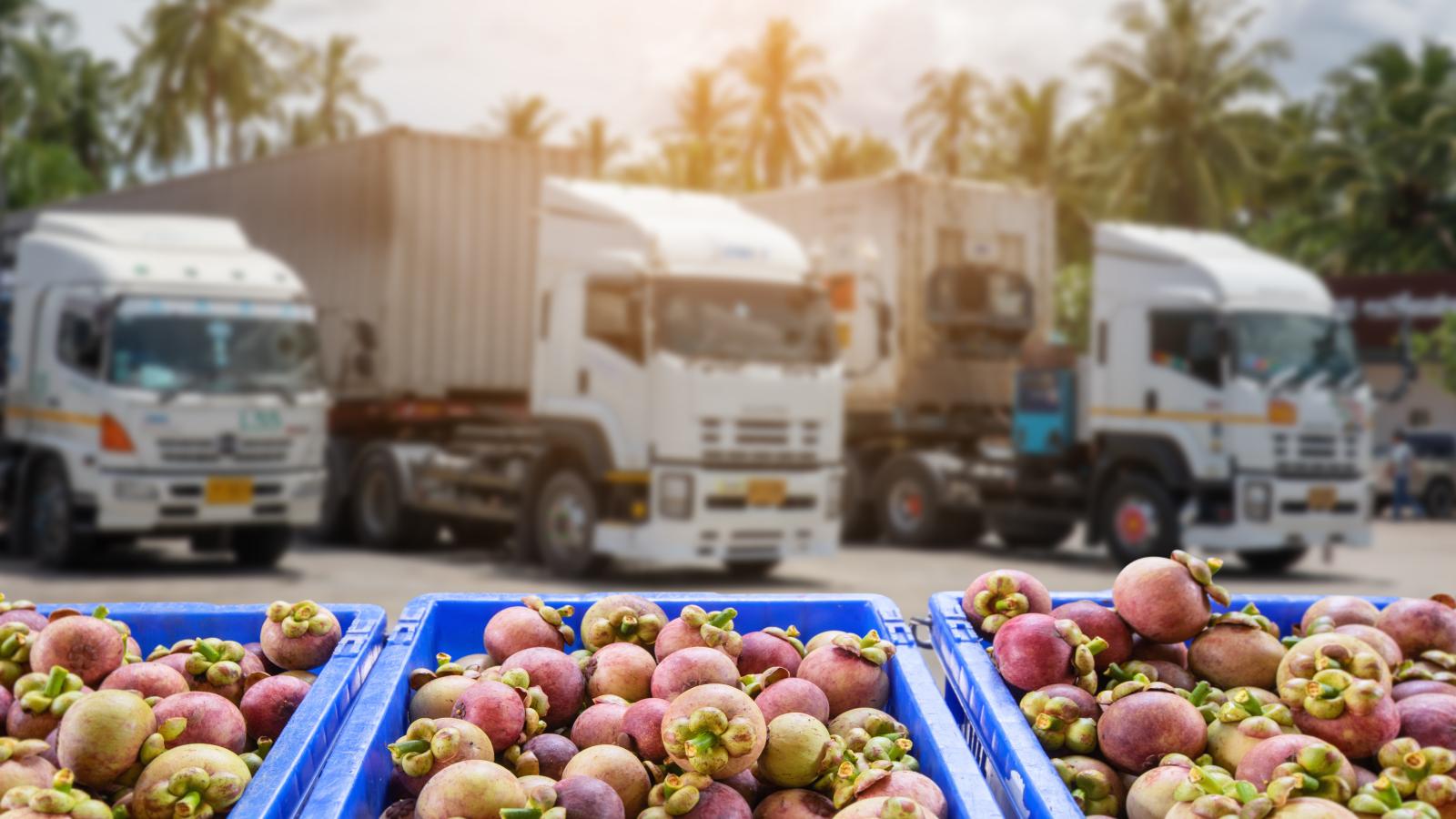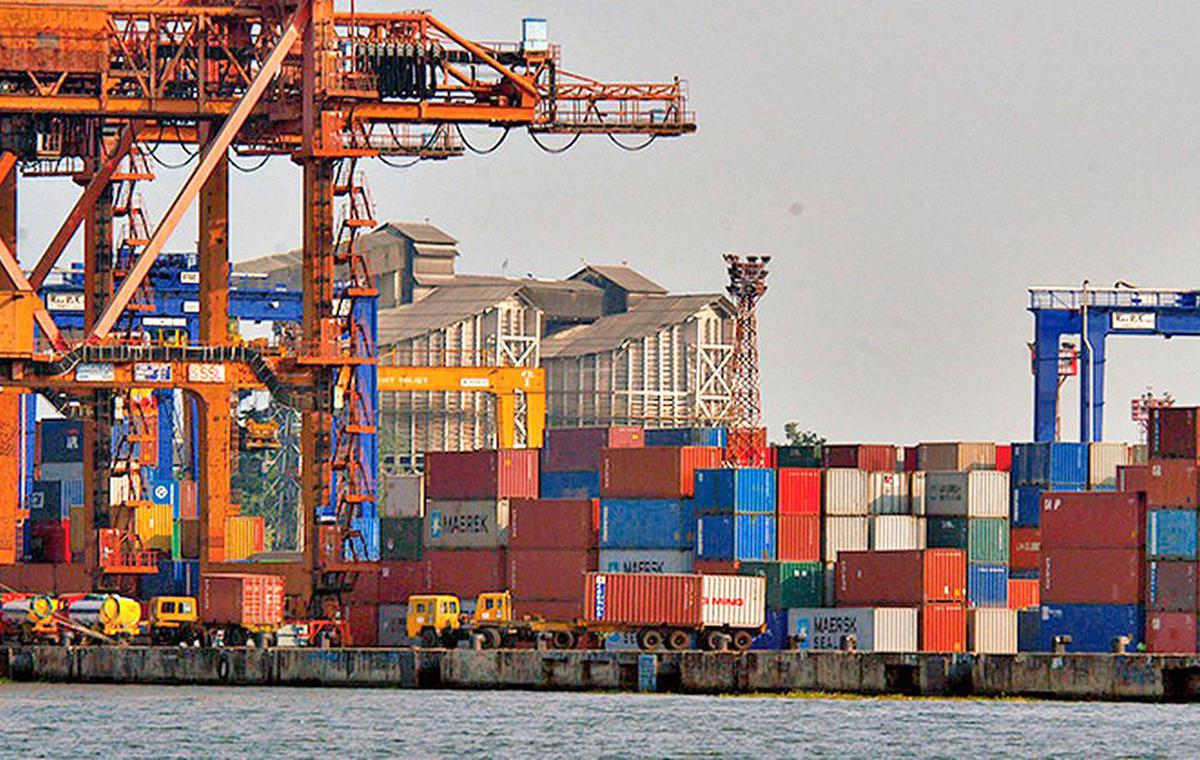Agriculture Exports Decline 14% to $6.23 Billion in Q1 2023
The decline in global demand is also beginning to affect India’s agricultural exports. Although the nation’s overall goods exports experienced a slowdown in the previous fiscal year, there was a significant increase in the shipment of farm products and processed foods, rising by 14.7% year-over-year to a total of $6.23 billion in the first quarter of the current fiscal year.
Due to the wheat export prohibition enacted in May of last year, cereal shipments in the April–June (2023–24) period fell precipitously by 25% to $ 3.07 billion on a year–over–year basis.

Wheat exports were valued at $1.07 billion in the first quarter of FY23, and on May 17, 2022, a restriction on wheat shipments was put in place to solve the local production gap that had caused prices to increase.
The Directorate General of Commercial Intelligence and Statistics reports a 2.7% drop in non-basmati rice shipments. This has resulted in a total revenue of $1.53 billion in the current fiscal year, which is lower compared to the previous year. On the other hand, the export of basmati rice increased by 12.17% to $1.2 billion in the first quarter of FY24.
According to officials, non-Basmati rice exports are projected to decrease over the upcoming quarters because the government last month banned the shipment of white rice.
The APEDA oversees a considerable amount of agricultural and processed food exports, which includes livestock products like meat, dairy, and poultry.However, in the first quarter of the current fiscal year, these goods experienced a 9.8% decrease compared to the previous year, amounting to $1.0 billion. Compared to the same period in the prior fiscal year, shipments of other processed foods, such as groundnut and guar gum, decreased slightly to $ 1.01 billion in FY24.

However, fresh produce exports increased by 16% to 0.47 billion in the first quarter of FY24 compared to last year.
The export of rice, fruits, vegetables, livestock, and dairy products has surged, resulting in a 9% increase in the export of goods included in the APEDA basket. This increase has brought the export value to $26.3 billion in 2022-23 from FY22.
In the most recent fiscal year, rice exports increased by a record $11.1 billion from $9.6 billion in FY22, an increase of more than 15% yearly. Volume-wise, rice shipping increased by 5% to 22.34 million tonnes (MT) in the most recent fiscal year.
Officials ascribed the increase in rice exports to several causes, including worldwide solid demand, particularly from Middle Eastern nations, Africa, and Europe, and floods in Pakistan. This key grain exporter severely damaged a sizable portion of the paddy crop.

In the past ten years, India has been the world’s most significant exporter of rice, and it presently accounts for 45% of the world’s grain trade. However, due to government restrictions on the export of white rice, its market share is anticipated to decline this fiscal.
In 2021–22, the exports of items included by the APEDA basket were $ 25.6 billion, or around 51% of the nation’s overall exports of agricultural goods, which exceeded $ 50 billion.
Other agricultural exports include cashews, tobacco, coffee, tea, and marine items.
Agriculture is essential in the global economy, providing food, employment, and raw materials. However, the first quarter of 2023 has seen a significant decline in agriculture exports by 14%, resulting in a total value of $6.23 billion. This article will analyze the factors that led to this decline, its impact on different stakeholders, and possible solutions to address this downward trend.

Several reasons can be attributed to the 14% decline in agriculture exports in Q1 2023. The worldwide economic downturn reduced consumer spending, impacting the demand for agricultural products in international markets.
Unpredictable weather patterns and extreme weather events have affected crop yield, causing a shortage in supply and affecting export capacity.
Increased tariffs and trade restrictions imposed by key trading partners have hampered the free flow of agricultural goods, leading to reduced export volumes.
The ongoing global logistic challenges have also played a role in the decline. Container shortages and transportation delays have affected the timely delivery of products.
The impact of the COVID-19 pandemic on the workforce and market dynamics has also played a role in the decline.Reduced export revenues translate to lower income for farmers, impacting their livelihoods and ability to invest in future production.
Agriculture is a significant sector in many countries; this decline has contributed to reduced GDP and has affected overall economic performance.

A decline in exports may result in higher domestic supply, potentially lowering local prices. However, it may also lead to potential mismanagement of resources, affecting long-term food security. The decline in exports has also affected the agriculture sector’s employment, resulting in potential job losses in related industries such as transportation and processing.
Governments and organizations must invest in research and development to create weather-resistant crops and farming techniques. Negotiating new trade agreements or revising existing ones to ease restrictions and foster better trade relations with key partners can enhance export opportunities.
Investing in infrastructure and utilizing technology to streamline supply chain processes will reduce delays and increase efficiency.
Encouraging and subsidizing sustainable farming practices will ensure long-term productivity and environmental sustainability.
The 14% decline in agriculture exports in Q1 2023 is a cause for concern for producers, policymakers, and economists alike. A multifaceted approach is required to address the underlying causes and mitigate the negative impacts. By recognizing the challenges and implementing strategic solutions, the agriculture sector can bounce back, ensuring continued growth and stability for the global economy.



